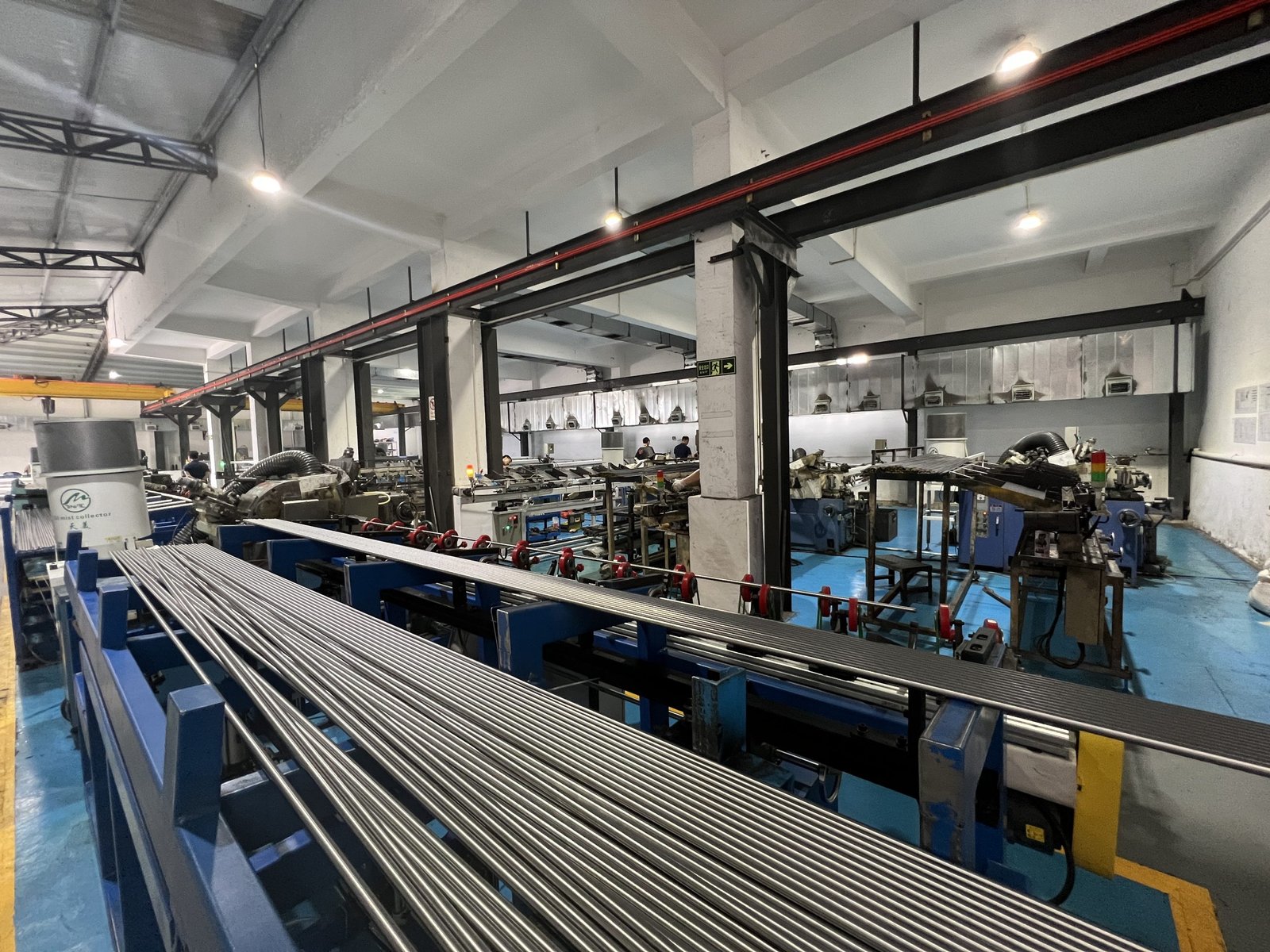In recent years, with the rapid development of the automotive industry, the application field of steel has been continuously expanding, market demand has increased, and the consumption of free cutting steel is also constantly increasing. The current situation and future of fastener technology have become a very noteworthy field in the development of automobiles in China. In order to meet the increasingly stringent requirements of safer, more energy-saving, noise reduction, and pollutant emissions in automobiles, higher requirements have been put forward for the quality of fasteners. This has prompted manufacturers to be more careful in the selection of raw materials for production. Automotive fastener technology will develop towards lightweight, load-bearing capacity, and aesthetics.
Threaded fasteners often use various strengthening treatments to improve their load-bearing capacity. After heat treatment, the increase in strength can reach 75%. For threaded fasteners that require quenching and tempering treatment, the hardenability of the material should be carefully considered to ensure sufficient depth of the hardening layer, or a slower cooling rate coolant should be considered to reduce the possibility of quenching cracking and causing excessive residual stress or quenching deformation. Machined threaded fasteners require their materials to have good cutting performance to extend tool life and improve production efficiency. In this case, free cutting steel is often chosen.
With the rapid development of China’s automotive industry, the demand for free cutting steel for automobiles is increasing. Free cutting steel accounts for approximately 2.1% of the total weight of automobiles, second only to carbon steel (5.8%) and alloy steel (3.7%), and ranks third in terms of automotive steel materials. At present, the annual demand for free cutting steel for automobiles in China is about 100000 tons (excluding steel for agricultural machinery such as agricultural machinery and tractors), but there is a significant gap compared to Japan’s annual demand of 1 million tons, indicating that China has great potential for the development of free cutting steel.
Free cutting steel is mainly used in the manufacturing of automotive components, such as crankshafts, connecting rods, supporting rods, steering bars, running parts, washers, flanges, gear brakes, shafts, racks, spark plugs, etc.







